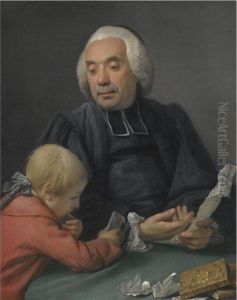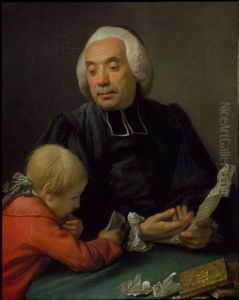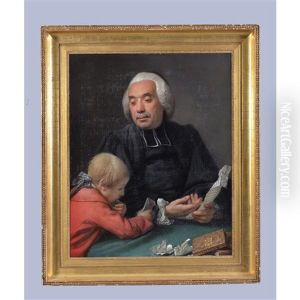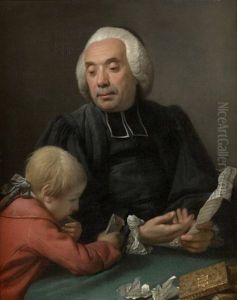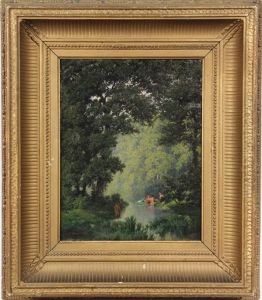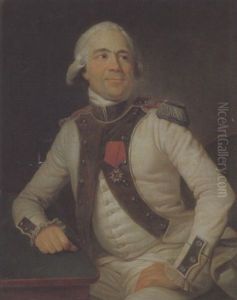Francois Brossard De Beaulieu Paintings
Francois Brossard de Beaulieu was a prominent figure in the arts during the 17th century, although not widely recognized today outside specialist circles. Born in 1630, his career spanned a period of significant change in European art, reflecting the transition from the late Renaissance into the Baroque era. His contributions, however, are not as well-documented as those of his contemporaries, leading to a certain obscurity surrounding his persona and works.
De Beaulieu was primarily known for his work as an architect and engineer, which was a common combination of skills during this time. His designs often incorporated the grandeur and dramatic flair characteristic of the Baroque style, emphasizing movement and clear, easily interpreted detail to produce drama, tension, exuberance, and grandeur. Despite the lack of extensive records on his projects, it is believed that he was involved in the design and construction of several notable buildings and public works, possibly including fortifications, which were a significant aspect of architectural commissions during the 17th century due to ongoing conflicts across Europe.
In addition to his architectural endeavors, de Beaulieu had interests in mechanics and landscape design, reflecting the era's fascination with harmony between human creations and nature. This interest would have placed him within the intellectual and artistic circles that included figures like André Le Nôtre, the principal gardener of King Louis XIV of France, known for designing the gardens of Versailles.
Francois Brossard de Beaulieu's death in 1680 marked the end of a career that, while not as celebrated as some of his peers, contributed to the rich tapestry of 17th-century European art and architecture. The lack of comprehensive records on his life and works has made it difficult for historians to fully assess his impact. Despite this, he remains a figure of interest for those studying the period, representing the many artists and architects whose contributions have been overshadowed by more famous names but who were nonetheless integral to the artistic achievements of their time.

